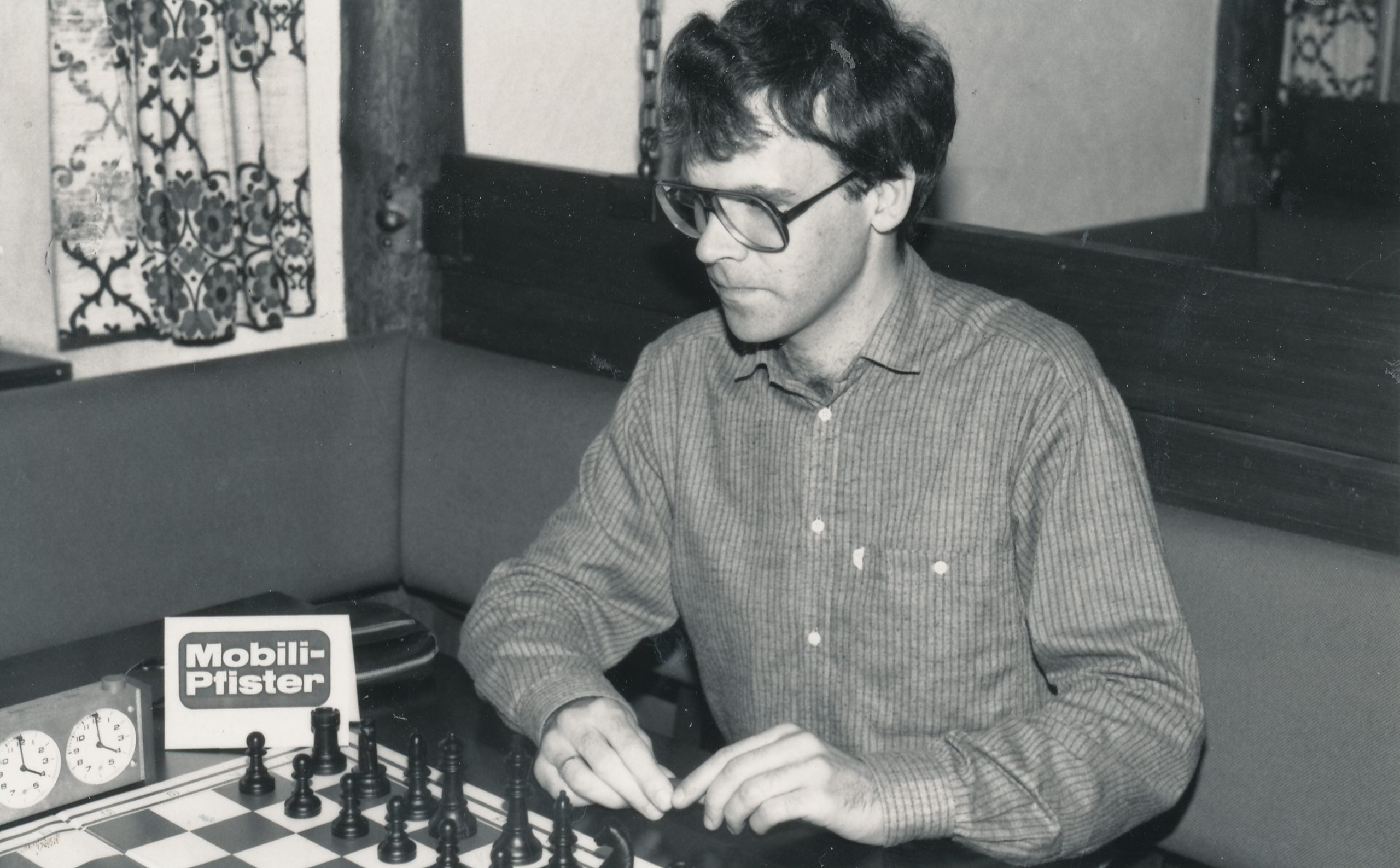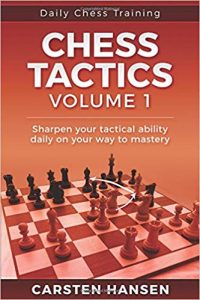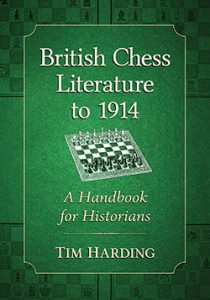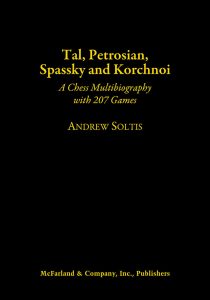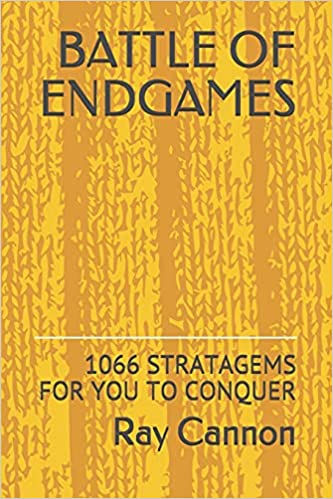
From the back cover:
The author has written what he believes to be an original book on the endgame, using a play on words for the title based on the historic battle of Hastings in 1066 which involved William the Conqueror.
*****
Ray Cannon, a familiar frequenter of chess tournaments in London and elsewhere, has condensed his copious knowledge into an enjoyably instructive compendium of endgame positions. In tune with the Victorian notion of learning via fun, the reader cannot help but absorb the endgame stratagems that recur in the examples given and emerge as a better player without any conscious effort.
The endgame is a prime arena for the emergence of error through lack of practice, and even elite grandmasters can miss the unsuspected anti-intuitive resource that would have secured the rescue draw or shock win. I would go so far as to say this book would benefit master-standard players. Studying it has all the value of learning one’s times tables but without the repetitive drudgery! The end result is the same: increased knowledge.
Julian Simpole

My good friend Ray Cannon, who was, for many years, an invaluable part of the coaching team at Richmond Junior Club, has written a book which will be useful for all club standard players.
With faster time limits and online play now the norm, endings play a vital part in 21st century chess. A good knowledge of endgame theory and tactics is a fundamental requirement for all serious players.
From the author’s introduction:
Positions in this book have been taken from various sources including my collection of newspaper cuttings that go back to the 1970’s, books, magazines, websites and even from games I had witnessed personally at tournaments. Many have been modified for reasons of clarity and a few I have composed myself. Most of the positions have annotated solutions unless the moves are self-explanatory.
The 1066 diagram positions can be played out against a computer or an opponent but they are best solved using a chess set. You are invited to write down your choice of move for each position on the pages provided before looking up the answers. On the other hand, you may simply prefer to enjoy the instructive content of this book by dipping in and out of its pages.
Endgames may give the appearance of being easy but even the world’s best players misplay them from time to time and some of these missed opportunities from practical play are included among the 1066 stratagems.
The majority of the puzzles are elementary but there are a few that are quite difficult. When solving them, you will detect familiar methods of play. Knowledge of these is often referred to as pattern recognition and this is an important component of learning and improving at chess.
So what you get is 1066 endgame puzzles, or stratagems as Ray prefers to call them. It’s White’s move in positions 1 to 728, and Black’s move in positions 729 to 1066. In each position you’re told whether you’re trying to win or draw, and you know that there’s only one move to achieve your aim.
A few fairly random examples chosen simply by turning to a random page will show you what to expect. I’ll give the answers at the end of the review.
Q482 is a neat draw: White to play.
Q497 is of practical value. Endings with R + f&h pawns against R are very often drawn. How can White win here?
Q533, halfway through the book, has more pieces on the board (too many for an endgame?) and demonstrates the need to know your mating patterns. White to play and win again.
If you enjoyed these puzzles, you’ll certainly enjoy the rest of the book. If you think your students will enjoy these puzzles, you’ll also want to buy this book.
It’s self-published via Amazon so the production qualities are not quite up to the standard you’d expect from leading chess book publishers. However, the diagrams and text are both clear.
Ray has chosen to print the ‘Black to play’ puzzles with the 8th rank at the bottom of the board: not what I or most authors would have chosen but I can see why he did it. There’s a slight problem, though, in that the diagrams are without coordinates, which can make things slightly confusing in positions with few pawns on the board. (The diagrams in the answers to the ‘Black to play’ do have coordinates, though.) I understand the next edition will use diagrams with coordinates throughout.
You might also prefer to write your answers under the diagrams rather than in the pages provided for this purpose at the beginning of the book. I’d also have welcomed an index by material so that I could quickly locate, for example, pawn endings or rook endings.
These are just personal preferences, though. The quality of material is excellent (all positions have been thoroughly engine checked) and Ray Cannon should be congratulated for his efforts in producing a highly instructive puzzle book.
A basic knowledge of endgame theory is assumed, so I would consider the book ideal for anyone rated between about 1500 and 2000, although some of the puzzles will be challenging for stronger players.
Richard James, Twickenham, 17th September 2021

Answers:
Q482: 1. f7+ Qxf7 2. Bb3 Qxb3 is stalemate. Or 1… Kxf7 2. Bh5+. In just two moves we have a fork, a skewer, a pin and a stalemate.
Q497: 1. Rg5+ Kxg5 (or 1… Kxh6 2. Rg8) 2. h7 Re1+ 3. Kd6 Rd1+ 4. Ke7 Rh1 5. f8Q wins (as long as you know how to win with queen against rook!)
Q533: 1. Re8+ Rxe8 2. Nf6 Ra7 3. Rxa7 Re7 4. Rxe7 a1Q 5. Rh7# – an Arabian Mate!
You can buy the book on Amazon here.
- ASIN : B096TTR6RB
- Publisher : Independently published (9 Jun. 2021)
- Language : English
- Paperback : 248 pages
- ISBN-13 : 979-8518031715
- Dimensions : 15.6 x 1.42 x 23.39 cm



